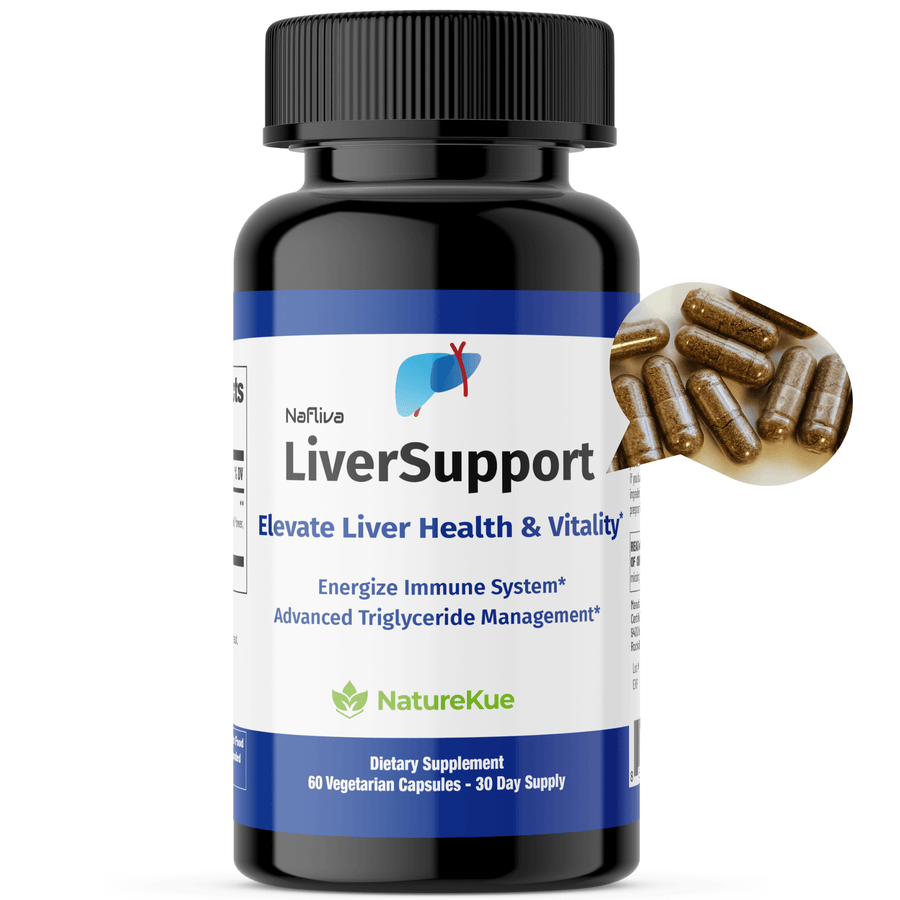The Right Season for Raw Foods
Traditional Chinese Medicine (TCM) isn’t just a collection of medicinal herbs with a long history of use. This millennia-old medical system encompasses many practices that can contribute to good health, such as acupuncture, exercise, massage, and meditation. Diet is a big part of it. But unlike Western diet philosophies, which tend to categorize foods as “good” or bad” regardless of context, TCM takes the seasons into account. This means foods that might be considered unhealthy in one season may be desirable in another. Such is the case with raw foods.
Understanding Yin and Yang
In TCM, it’s thought that Qi (气), or the body’s vital energy, flows along certain channels in the body to keep mind, body, and spirit in harmony. There are two opposing forces — yin and yang — that need to be kept in balance. When they are imbalanced, Qi (气) is blocked, to the detriment of our health.
Yin foods are cooling, while yang foods are warming.
In general, TCM favors warming foods because they are easier to break down. Cold foods use up qi to digest, and that can leave us depleted and lacking energy. That’s why in China, people drink warm water (not the ice water frequently served in American restaurants!), cold food is less common than warm food, and salads are not often seen on restaurant menus or kitchen tables.[i]
Think of the stomach as a pot that must “cook” (or digest) the food we eat in order to use the nutrients within. How well our stomachs cook is dependent on how strong the flame underneath the pot is, referred to in TCM as “digestive fire.” If the fire is too weak, it won’t be up to the job, and the food will fail to cook (or digest completely), which can lead to bloating, gas, and stomach upset. If the fire is too strong, the food will burn and be less nutritious. The key is finding the right balance.[ii],[iii]
In general, cooked foods are preferred to raw foods in TCM because some of the work of food breakdown has already been done. Less work for the stomach makes digestion easier.
Three Burners
TCM divides organs into three burners:
- Upper burner (lungs and heart): Disperses fluid through the body
- Middle burner (stomach and spleen): Digests food and nourishes the body
- Lower burner (intestines, liver, kidneys, and bladder): Disposes of waste[iv]
In the cooking pot metaphor, the stomach is the pot, and the spleen is the fire underneath it. When the middle burner is doing its job well, it sends qi (energy) from the digested food upward to the heart and lungs and sends waste products down to the intestines.
However, if the fire of the middle burner starts to burn low, it borrows energy from the lower burner, and the kidneys become depleted. This can throw the whole body out of balance.
When to Eat Warming Foods vs. Cooling Foods
In choosing when to eat warming or cooling foods, there are many factors to consider, including your individual constitution (tending toward yin or yang), the climate where you live (warmer or cooler), and the season of the year.
In addition to preparation, flavor also affects whether a food is warming, cooling, drying, or moistening. Spicy foods are warming, while bitter foods are cooling. Sweet foods are moistening; sour foods, drying. Salty foods help prevent stasis (stagnation).
You can alter the warming or cooling nature of a food through seasoning. For instance, a glass of freshly squeezed fruit or vegetable juice on its own would be cooling, but if you add some spicy fresh ginger to your drink, you can bring it into neutral territory. Cinnamon, cloves, red pepper flakes, and turmeric are also warming spices.
Neutral foods than can be eaten by anyone any time of year include:
- Shiitake mushrooms
- Potatoes
- Almonds
- Peanuts
- Rice
- Kidney beans
Eating Seasonally = Eating in Harmony
Eating local, in-season foods is one way to help you get the right balance of yin and yang foods. Summer, the hottest season, is the best season to eat raw foods, which are off-limits in the colder, wetter months. Think about what’s on offer at your local farmers’ market at the height of summer — tomatoes, cucumbers, peaches, and melons, all foods that are cooling and delicious uncooked. If you went to the same market in winter, you might find acorn squash, parsnips, sweet potatoes, and other foods that are most often enjoyed cooked. TCM believes that’s not a coincidence.
Practitioners of TCM recommend eat cooling, dampening foods in summertime to keep the body from overheating and to build up its fluids. Good foods to eat in summer include:[v],[vi]
- Fruits, such as kiwi, melons, pineapple, mango, and passionfruit
- Hydrating vegetables, such as celery, cucumbers, tomatoes, peppers, eggplant, and summer squash
- Greens, like broccoli, chard, and endive
- Barley, a cooling grain
- Seafood, which unlike most meats, is cooling (even when consumed cooked)
- Tofu and yogurt, other cooling proteins
- Green tea, which, though brewed, is considered a cooling beverage that removes heat from the liver and gallbladder.
Just beware that even in summer, you can overdo it with cooling foods. Too many cold or raw foods can cause the body to work too hard at digestion and may cause digestive difficulties. This depletes the body of qi in the spleen and stomach.[vii] Try to find a balance between cooking seasonal foods and eating them raw. For instance, make marinara sauce with some of your garden tomatoes and gazpacho with the rest. Eat spinach in stir-fries as well as in salads. Or use warming spices on cooling foods.
Another thing to avoid in summer is heavy or greasy foods. They can clog up and overwork your digestive system. Simple preparation is best, and luckily, when so many fruits and vegetables are at their best, simplicity lets their delectable flavors take centerstage.
If you’d like to learn more about how to bring your diet into balance with your constitution and the seasons, make an appointment with a local TCM practitioner or acupuncturist. You may be surprised how eating with the seasons, in accordance with your unique body type, changes how you feel!
References
[i] Gutkin M. A TCM perspective on cooked vs raw foods. MarkGutkin.com. 2018 Jan 5. https://markgutkin.com/tcm-perspective-cooked-vs-raw-foods/
[ii] Tan A. Cooked vs raw foods—TCM perspective. The Hutong: Sharing Culture, Sharing Knowledge. 2010 February 1. https://thehutong.com/cooked-vs-raw-foods-tcm-perspective/
[iii] Gutkin, 2018.
[iv] The triple burner. Rising Moon Tai Chi School. 2008. https://www.risingmoontaichi.net/the-triple-burner
[v] Summer diet from a Traditional Chinese Medicine (TCM) Perspective. Mornington Chinese Medicine & Acupuncture. 2018. https://morningtonchinesemedicine.com.au/summer-diet-traditional-chinese-medicine-tcm-perspective/
[vi] Kokin ML. Eat according to TCM: Five Foods for Summer. Kokin Healing Center. 2018 Jul 25. https://kokinhealingcenter.com/2018/07/eating-according-to-tcm-five-foods-for-summer/
[vii] Kokin, 2018.




